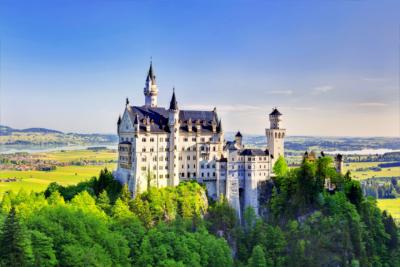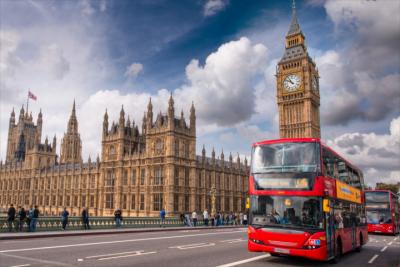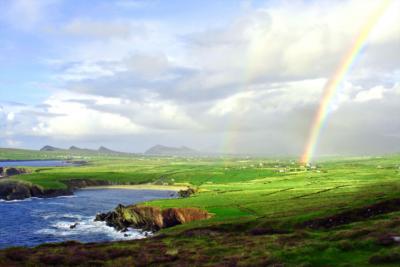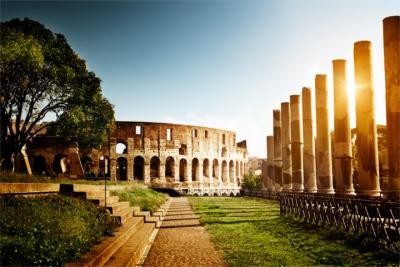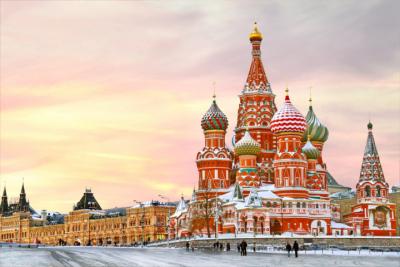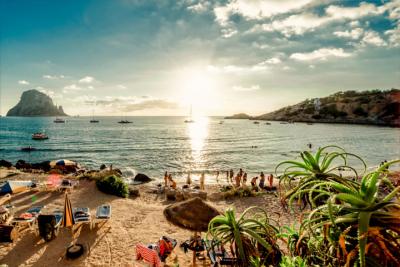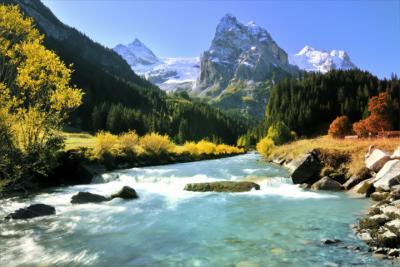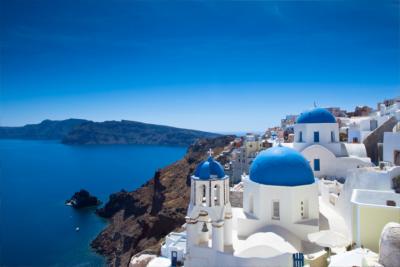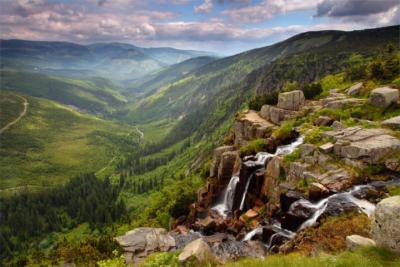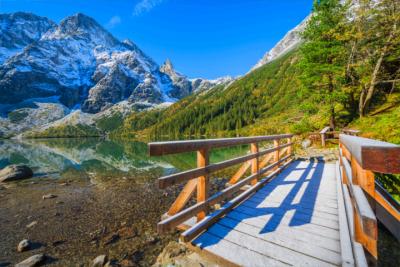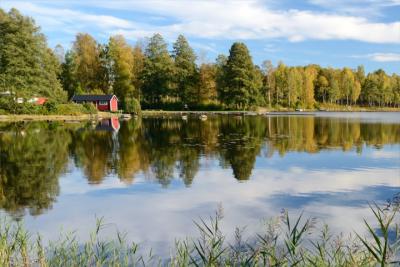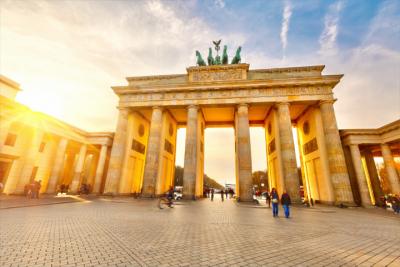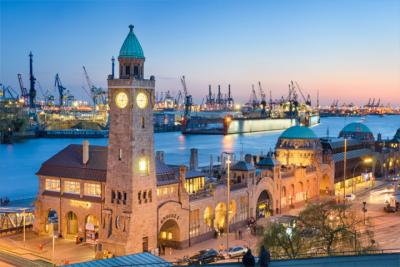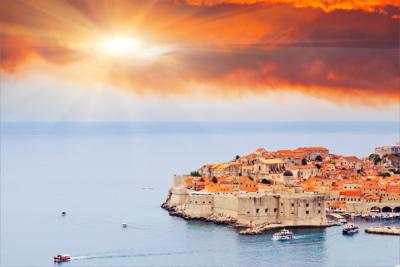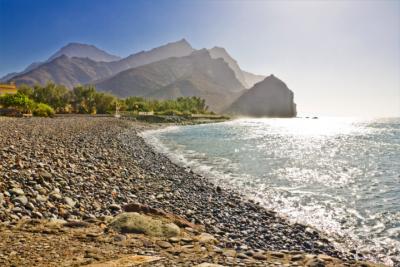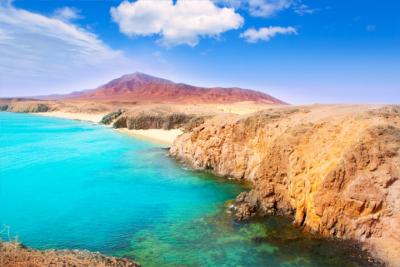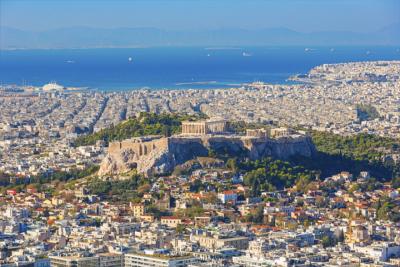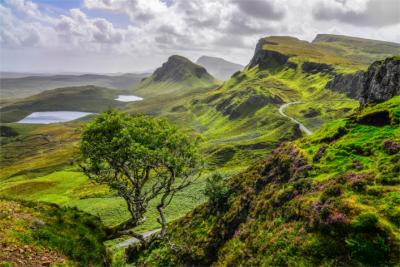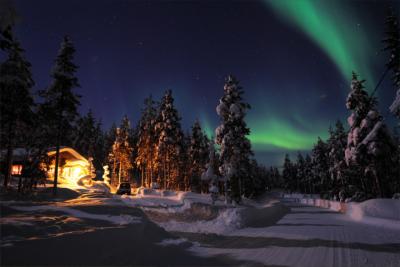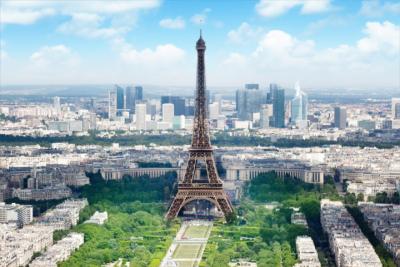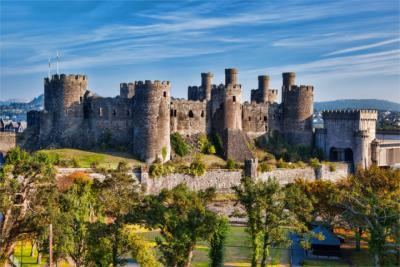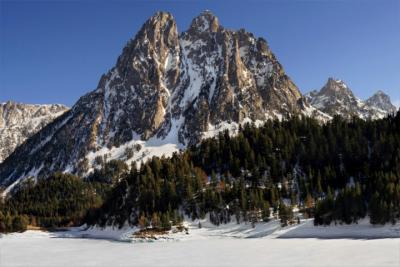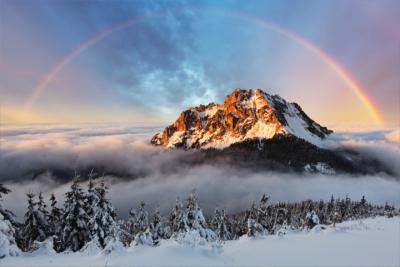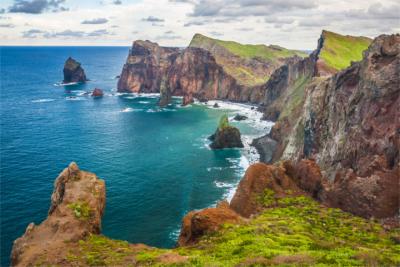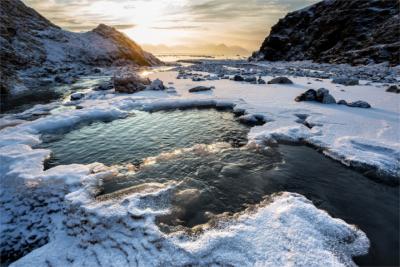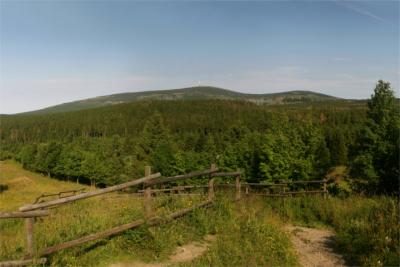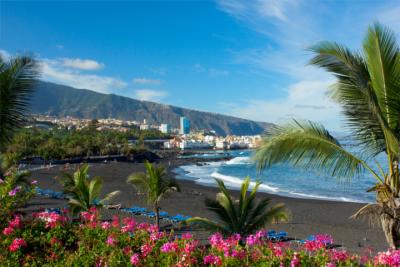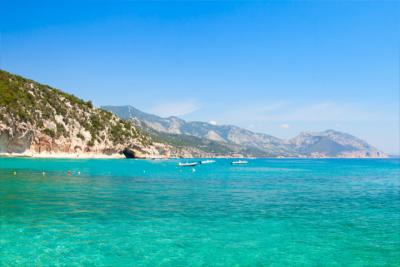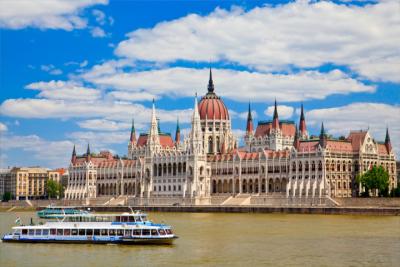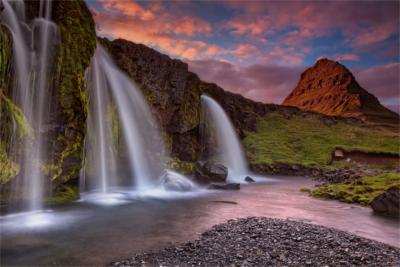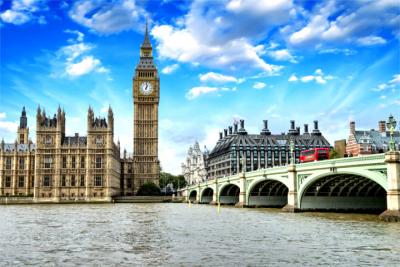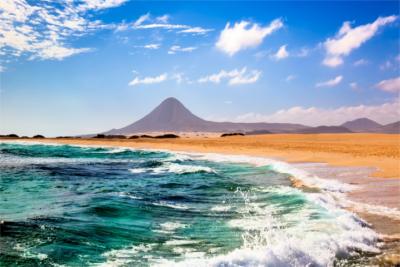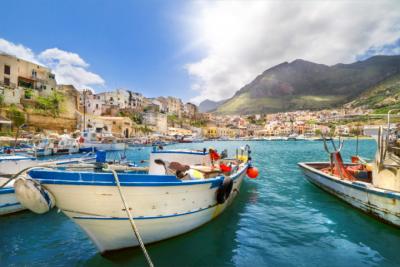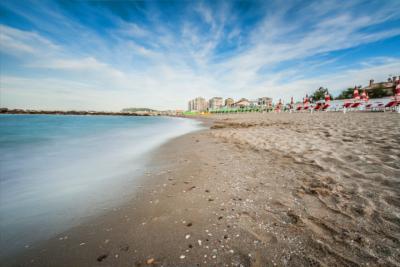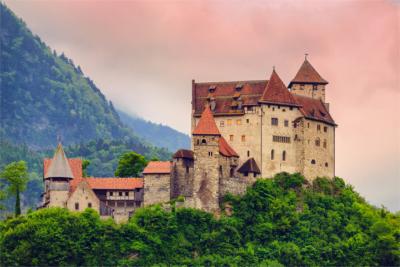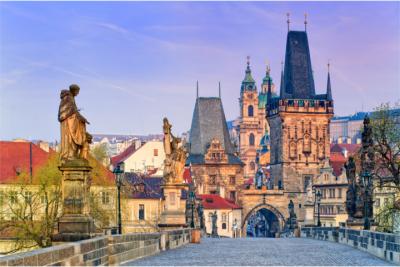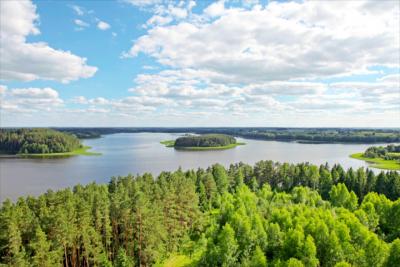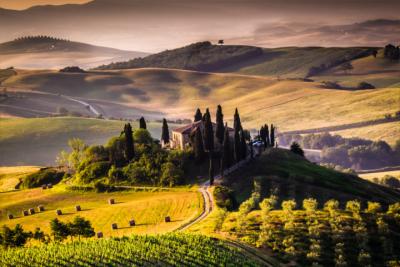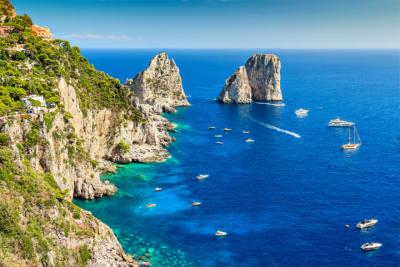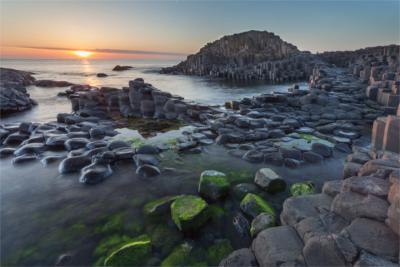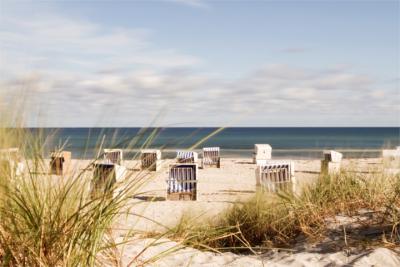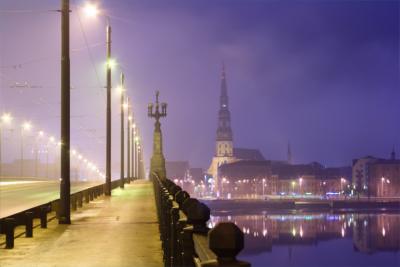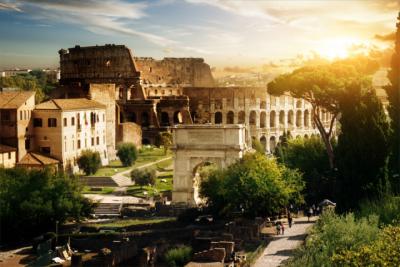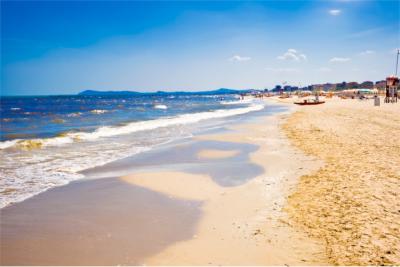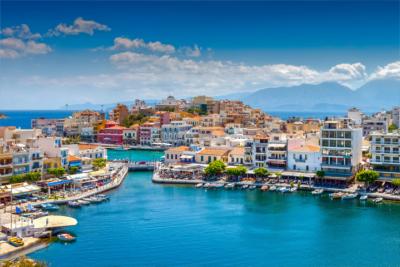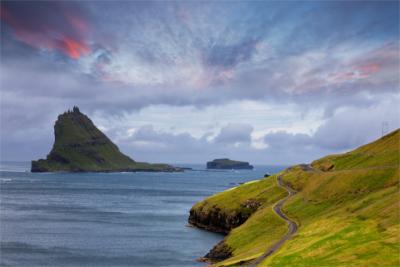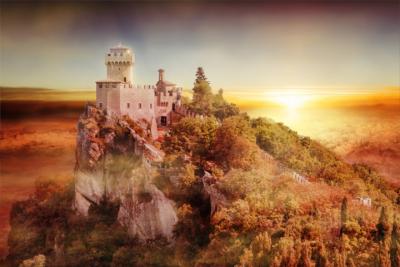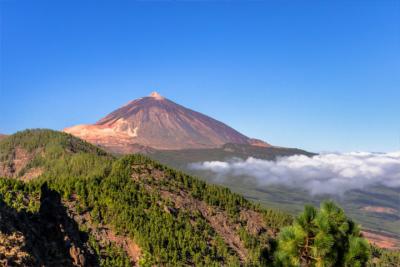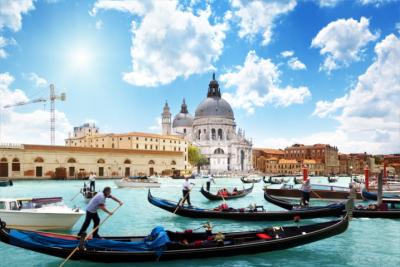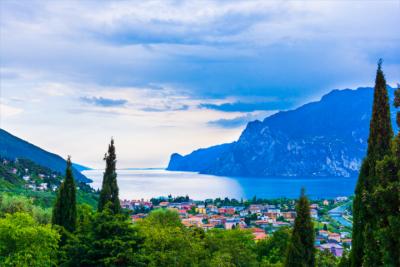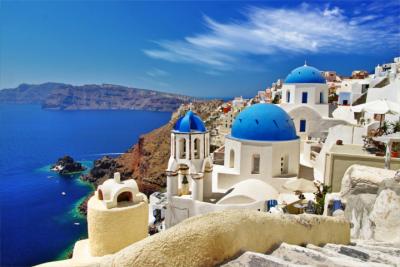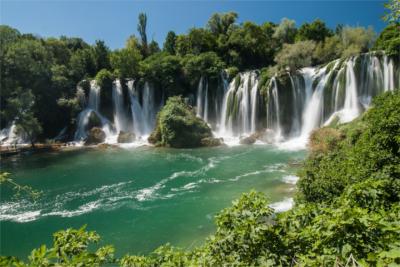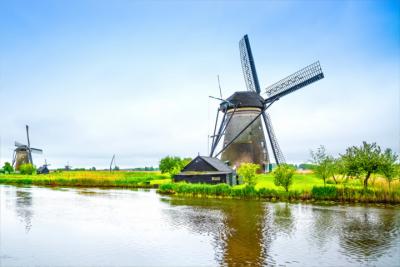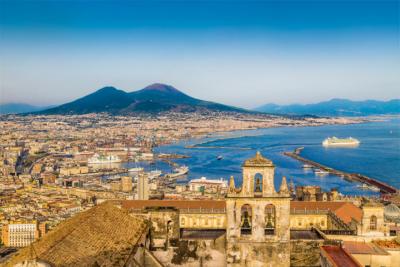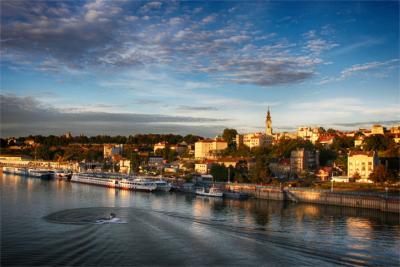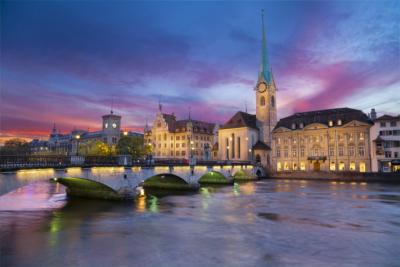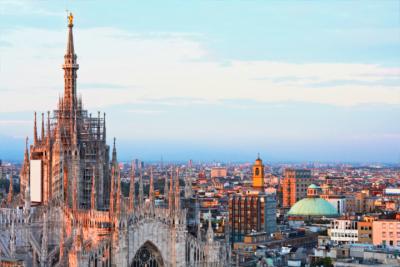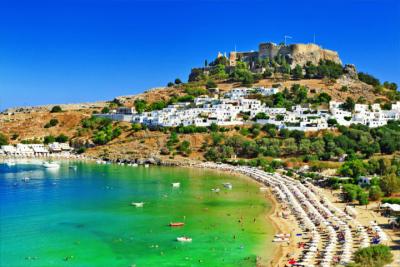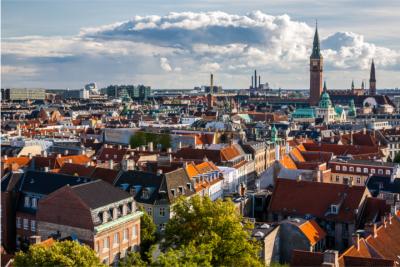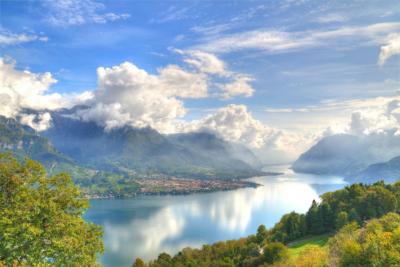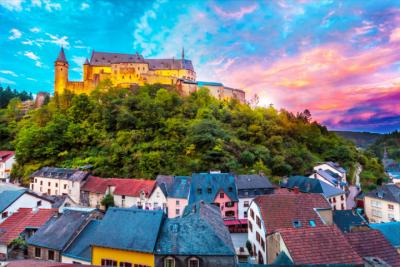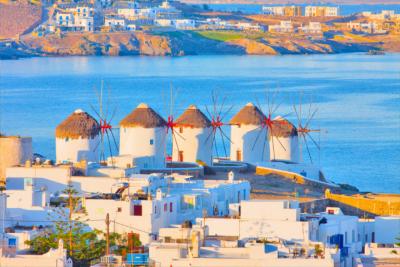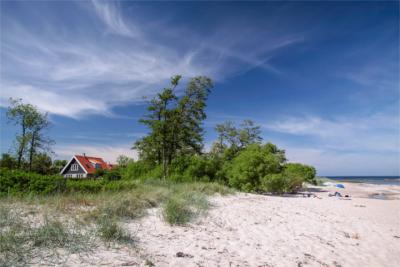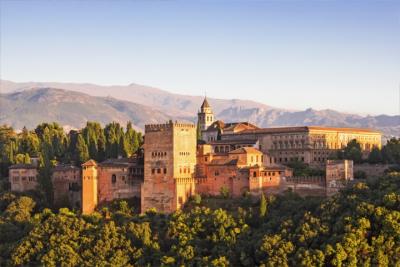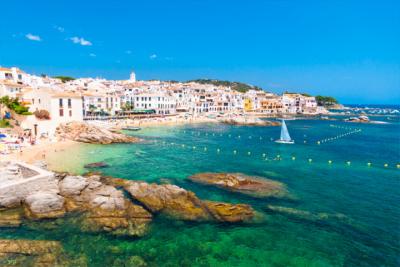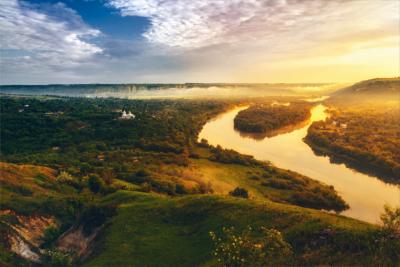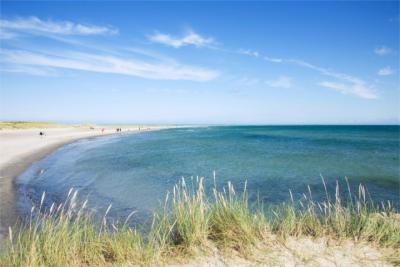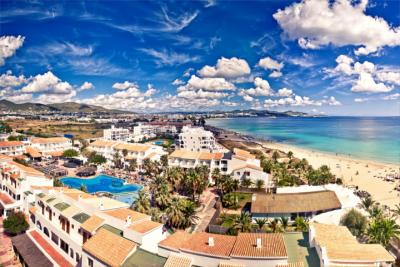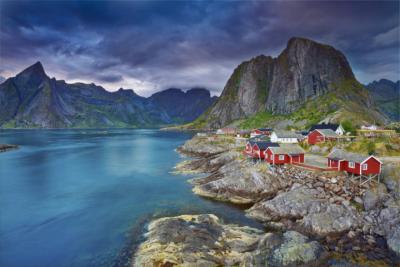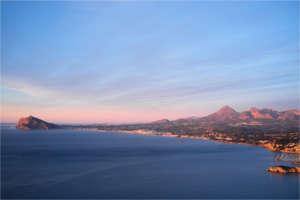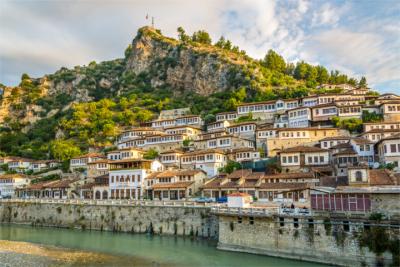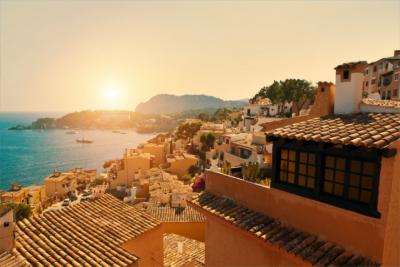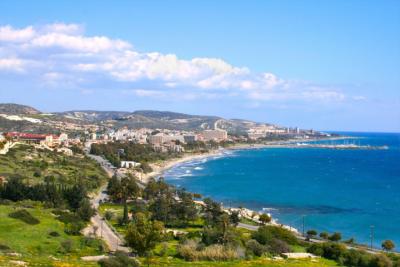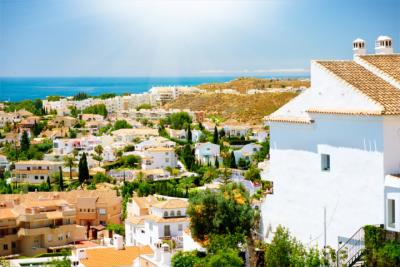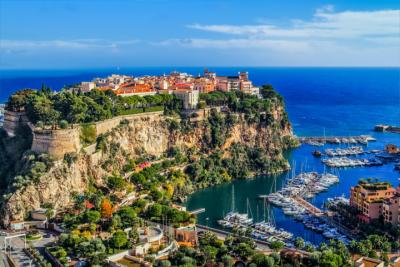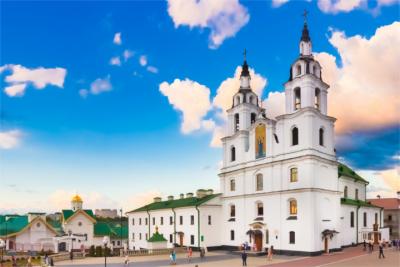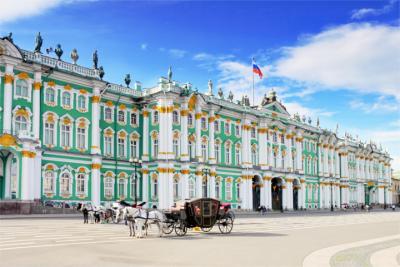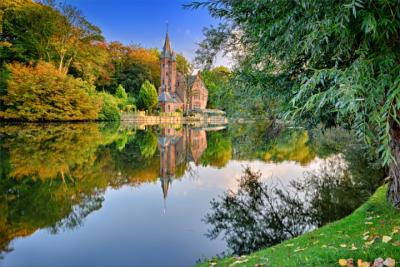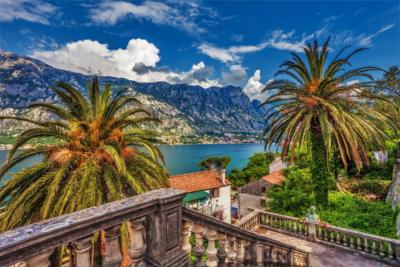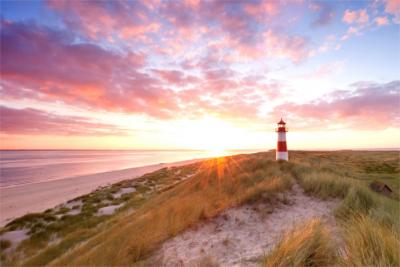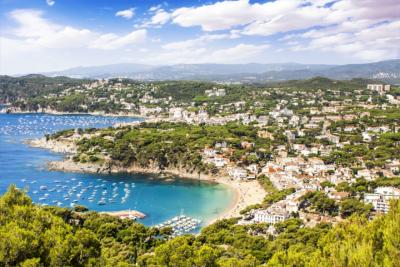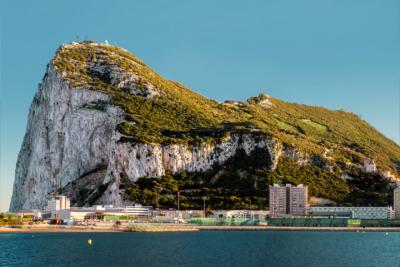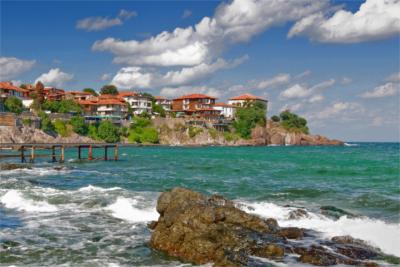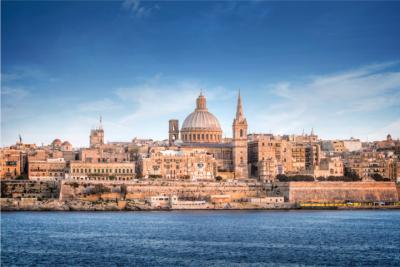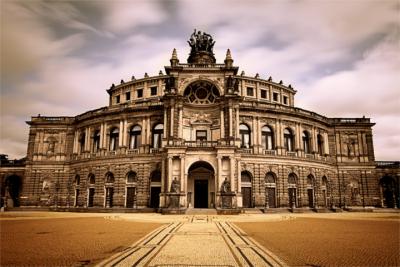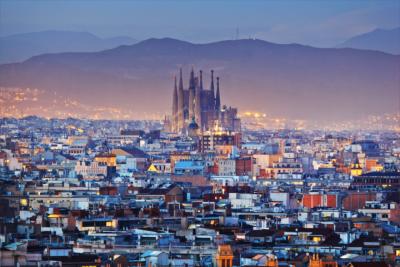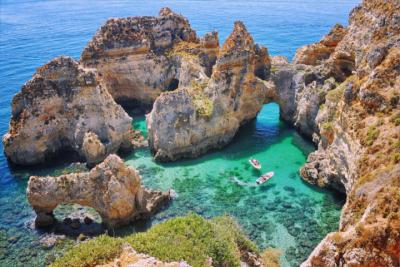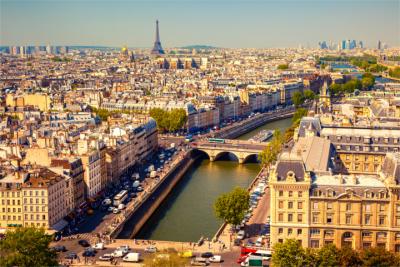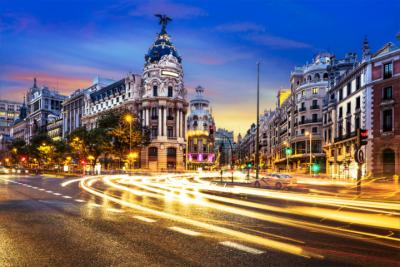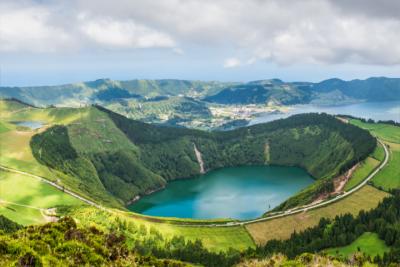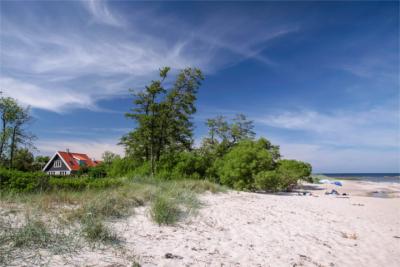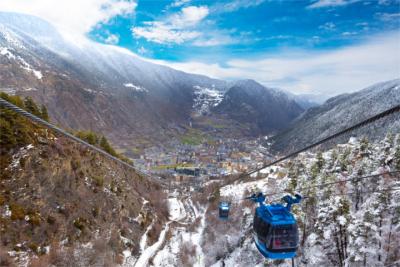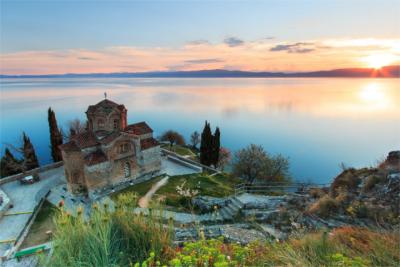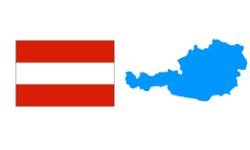Travel Offers
Travelmyne Featureprint
Distance
Austria - The Alps and Cultural Diversity
Austria means high mountain tops covered in snow, clear blue lakes and expansive, unspoiled nature. For this reason, it is the perfect destination for relaxation in a stunning scenery.
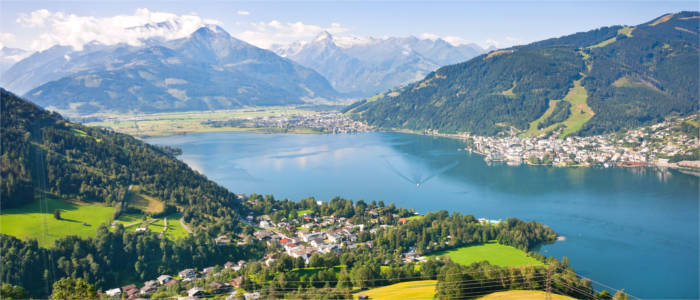
Geography - The mountains in the Alps and the Danube river valley
Austria lies right in the centre of Europe. This landlocked country is about 575 kilometres long and almost 300 kilometres wide. About 60 percent of the country are covered in mountains, most of which belong to the Alps. The highest mountain is the Grossglockner (3,798 m). In the east of Austria, on the other hand, you find open plains. Through these flows the mighty stream of the Danube. In addition, there are many beautiful mountain lakes in Austria. The weather in the north of the country is generally dominated by the cooler, Central-European climate while you can feel the mild, Mediterranean influence in the south. Due to the alpine landscape, however, the weather often differs considerably from region to region.
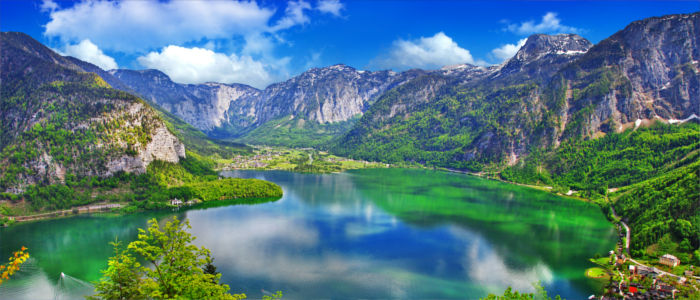
Nature - Unspoiled landscapes with a rich fauna
Austria's landscape matches the ideal of a scenic alpine world: harsh mountain tops covered in snow tower above the daily life. The hillsides are covered in thick woodlands, which consist of beeches and oaks in the lower regions, and of spruces and larches in the upper regions. The forests alternate with meadows of lush green and alpine flowers such as edelweiss, gentian or alpine pink. Other areas are steppes vegetated by heather. Cows, sheep and goats browse the meadows. The wilderness is populated by chamois, deer, marmots, foxes and badgers and occasionally you can find a brown bear. Austria also has a rich bird life with species like eagles, falcons, wild geese, herons and storks.
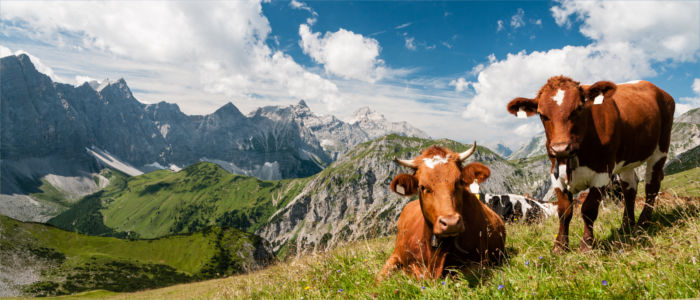
Natural sights - Impressive alpine landscapes
Austria's most impressive natural sights are the massive mountain tops, with the Grossglockner as the most prominent example. In this region you find the National Park Hohe Tauern, which provides an insight into the country's wild, scenic alpine world. At the gigantic Krimml Waterfalls, the river Ache rushes 380 metres into the deep. The Grossglockner is near the Passstraße, which is 50 kilometres long and does not only constitute a major European connecting road but also offers a wonderful view of the alpine landscape. Another spectacular sight is the Eisriesenwelt (in Werfen, Tennen mountains), a gigantic system of ice caves. In this net, which is 40 kilometres long, you dive into a world of bizarre ice formations and frozen river courses. Special not only regarding the landscape is Kleinwalsertal, which can only be reached from Germany and not from Austria. The region is characterised by its original rural atmosphere, in which homely mountain forests alternate with smooth meadows browsed by cows. True alpine idyll you find in the Salzkammergut with its many lakes, of which the Wolfgangsee is the largest and the Lake Hallstatt. The area around the Vorarlberg, Tyrol and the surroundings of Salzburg are especially suited for winter sports. The Hintertux Glacier in the Zillertal (Tyrol) is the only skiing area in Austria, which is opened all year. Good locations to experience the elemental forces of nature are the Wolfsklamm or the Stubai WildWaterPark. Steep gorges, harsh rocks and riptides characterise these regions. In contrast to the the wild mountain rivers, the Danube leisurely flows through Austria's scenic landscapes. You can take fantastic walks and cycling tours along the river, which is 3,000 kilometres long. Alternatively, it is a good idea to take a boat trip on the Danube.
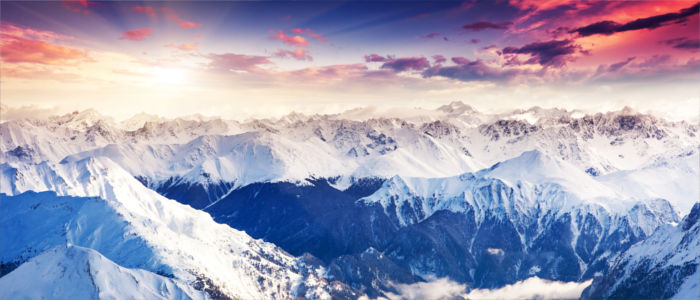
Culture - The capital Vienna as the cultural centre
Over the centuries a glorious ruling family controlled the country's fate: the House of Habsburg ruled Austria from 1273 for almost 650 years with Vienna as the centre of their empire. They ensured their power through clever marriages with dynasties all over Europe. A prominent member of the Habsburg family was the emperor Franz Joseph I. His wife Elisabeth of Austria became well-known through the films of Ernst Marischka as "Sisi" and remains a legend even today. The relations to Hungary, which was temporarily part of the Habsburg empire, were fraught with tension. This ostentatious era enforced the Austrians' preference for beauty, enjoyment and culture. Many well-known developments originated in this country, for example the famous Viennese Waltz. Today Austria still offers an unbelievably comprehensive cultural programme, especially with regard to music. The Austrians are a relaxed nation. It seems that the calm and nativeness of the mountains have transferred directly onto the population. Especially in the rural regions peculiar traditions and rites, which often show the close link to nature, are widespread.
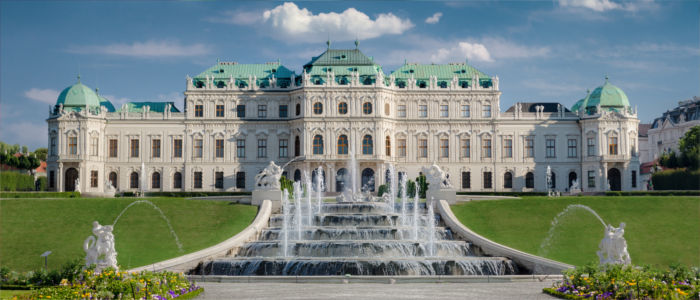
Cultural sights - A variety of significant cultural sites
The capital Vienna is filled with the glamour and splendour of past emperors. Culture had the perfect conditions to blossom in the centre of a powerful empire. This can be seen and felt strongly throughout the capital. The Vienna Philharmonic, the world-famous State Opera and the Burgtheater are examples for the city's rich cultural life. Popular is also the Museum of Fine Arts, where you find works of the painters Paul Rubens and Peter Brueghel the Elder in an extremely ostentatious building. In the museum named after Sigmund Freud, you gain an insight into the famous psychoanalyst's mind and work. Schönbrunn Palace, regarded as "Austria's Versailles" displays the magnificence of the Habsburg monarchy. It has about 1,400 rooms, gigantic baroque castle grounds and the Tiergarten, which was founded in 1752 and is the world's oldest zoo. Schönbrunn Palace was once Empress Maria Theresia's place of residence. Mozart gave concerts there and Napoleon resided in the Palace. Another ostentatious sight is the Castle Belvedere, which was built under Prince Eugen in Baroque style. In the heart of the city lies the Stefansdom, which is about 100 metres long and constitutes an impressive example of Gothic architecture with its distinctive south tower of 137 metres height. Close by you find the Hofburg Palace, which once served as an imperial residence and now houses the Hofreitschule. In its chapel the famous Vienna Boys' Choir still sings the Sunday Mass. That fascinating buildings emerged in current Austria as well is apparent from the modern cultural quarter Museumsquartier and the colourful, asymmetric Hundertwasserhaus, which was built in 1985 and still serves as a residential house. After all these cultural impressions, a trip to the Prater (full name: "Wurstelprater") offers light enjoyment. This amusement park was built in the 19th century and captivates with nostalgic ghost trains, merry-go-rounds, halls of mirrors – and most of all with the gigantic, well-known big wheel. The ideal destination for those who want to stroll and have a sweet tooth presents the Naschmarkt in Vienna. Another sparkling metropolis is Salzburg. In this ostentatious Baroque city, you find traces of its most famous child Wolfgang Amadeus Mozart everywhere. Numerous beautiful historical buildings, squares and gardens characterise the city's scenery. It hosts the world-famous Salzburg Festival, which takes place in July/August every year. You experience Salzburg's true beauty in its scenic old town. In the middle of an appealing scenery of two mountains and the river Salzach you find prominent buildings such as the cathedral, the time-honoured university and St Peter's Abbey with its publicly accessible catacombs. Nearby you find Mozart's Birthplace (Getreidegasse 9), which provides an insight into the famous composer's life. You can also visit Mozart's residential house and his grave as well as Mirabell Place, where his most well-known works are being performed. Other first class tourist attractions are the Hohensalzburg Castle from the 11th century and the baroque Hellbrunn Palace, which is known for its water fountains which shoot out of the ground surprisingly. You have a wonderful view over the city from one of the three surrounding mountains: the Festungsberg, which you can reach by cable car, the Mönchsberg and the Kapuzinerberg. Apart from Vienna and Salzburg, Austria has more cities which are rich in cultural treasures and worthwhile tourist destinations: Innsbruck (worth seeing: "Goldenes Dachl“, an impressive oriel made from about 3,000 gold-plated shingles; the Hofkirche; Amras Castle; and the ski-jumping hill Bergiselschanze), Graz (worth seeing: the well-preserved old town; the Stallbastei, a mighty rampart with a museum and an impressive view; Schloss Eggenberg; and the cathedral) and Klagenfurt at Lake Wörth (a castle and beautiful parks). The connection between Hungarian and Austrian influences can be seen in the Burgenland in the east, which you can discover, for example, from Eisenstadt and Mattersburg.
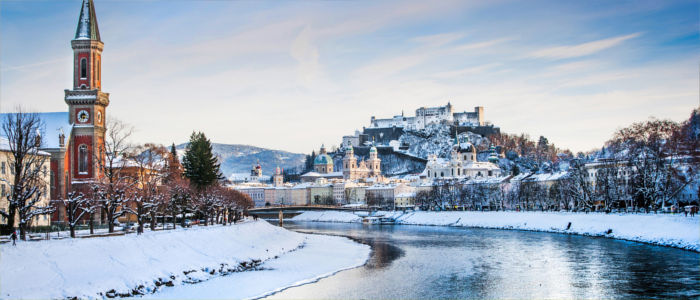
Experience - Wiener Schnitzel and a varied cultural programme
The Wiener Schnitzel is undoubtedly Austria's national dish. Furthermore, the country is well-known for its Knödel and pastries with Apfelstrudel (a pastry filled with apples) and Kaiserschmarrn (a shredded pancake) as the most famous examples. You can go out splendidly in Austria - and with style. Many operas, theatres and other cultural sites offer an unbelievably varied programme, especially in the big cities. And there is also a number of popular discos and clubs, so that visitors can celebrate and dive into the country's sparkling nightlife (for example in the Museumsquartier, Vienna).
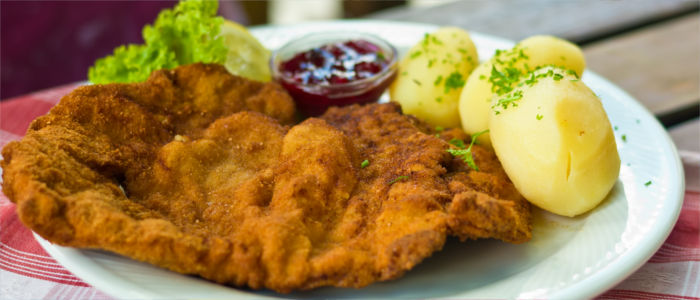
Activities - Winter sports, hiking and adventurous outdoor activities
Austria's scenic alpine world offers the perfect conditions for being active in nature. Lovers of outdoor activities will get their money's worth in various ways. The country is especially suited for winter sports of any kind with its fully developed pistes and cross-country ski courses. Especially suitable for those activities are the regions Tyrol (where it is often possible to do winter sports even in the summer), Vorarlberg and the surroundings of Salzburg. In addition, you can go hiking, climbing, cycling, rafting and motorcycling in the magic alpine world. Since Austria is fully developed and accessible for tourists, you can also do adrenalin-fuelled activities such as bungee jumping and paragliding or rope down into deep gorges and move along steep cliffs along a rope.
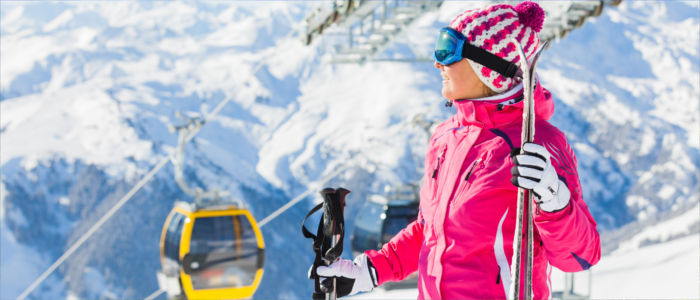
Information
Autria's big cities are well connected to the international air traffic, with Vienna Airport (VIE) as its greatest airport. From Europe, Austria is easily accessible by train or bus and these are also good means of transportation for travelling within the country. In addition, you can go by car and use it to drive from one region to the next but note that drivers have to pay a toll for using the motorways. German is the official language but the Austrian dialect contains many words and idioms which are specific to the country.
In Europe, Austria is the most popular destination for people who love culture. Numerous significant buildings, institutions and traditions - for example in Vienna and Salzburg - contribute to that fact. The country's second treasure is the scenic alpine world, which proves the ideal destination for those who want to enjoy nature or be active outdoors.

